The best of Rome’s palazzi and their artistic masterpieces
Political headquarters, embassies, papal residences, Rome’s grand palazzi have a long, colorful history filled with priceless works of art. We’ve organized a list of the top must- see palazzi in the city, and why they are worth visiting.
Palazzo Spada
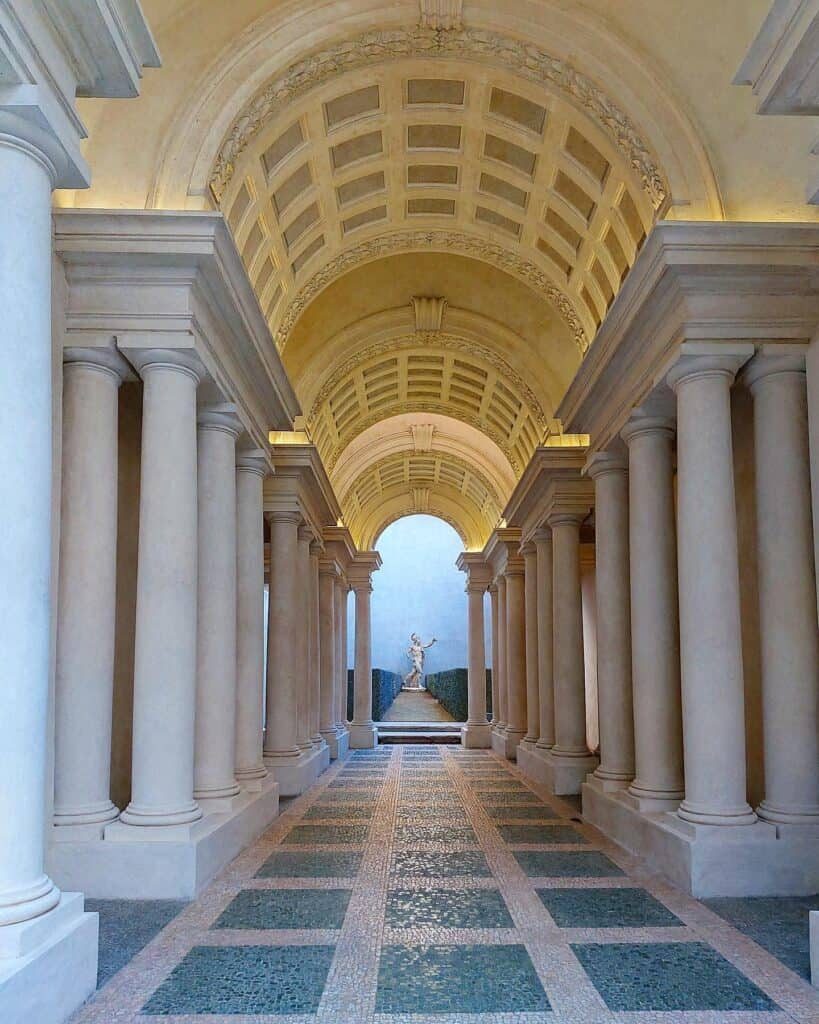
Although positioned outside the entrance, the Borromini gallery is probably the most important display in the Spada palace. Developed on the basis of mathematical calculations by the Augustinian friar Giovanni da Bitonto, Borromini‘s equivalent of Bernini’s Scala Regia teases the observer’s eye: the 37-metre tapered colonnade actually measures only 8.8 metres; the gigantic statue of Mars at the end is little taller than a statuette.
Palazzo Madama
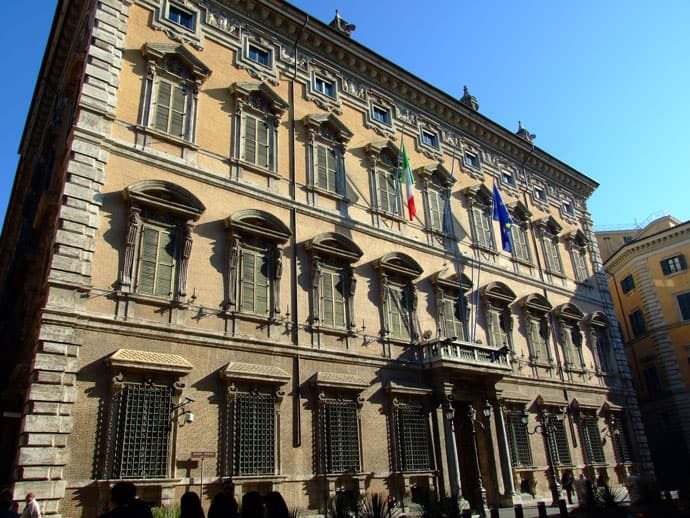
Although it is the seat of the Italian senate, (and has been since 1871) Palazzo Madama has a long and colourful history: it was built by the Medici family on the ruins of Nero’s ancient baths, and received its name from Madama Margherita of Austria, Emperor Charles V’s illegitimate daughter.
Palazzo Altemps
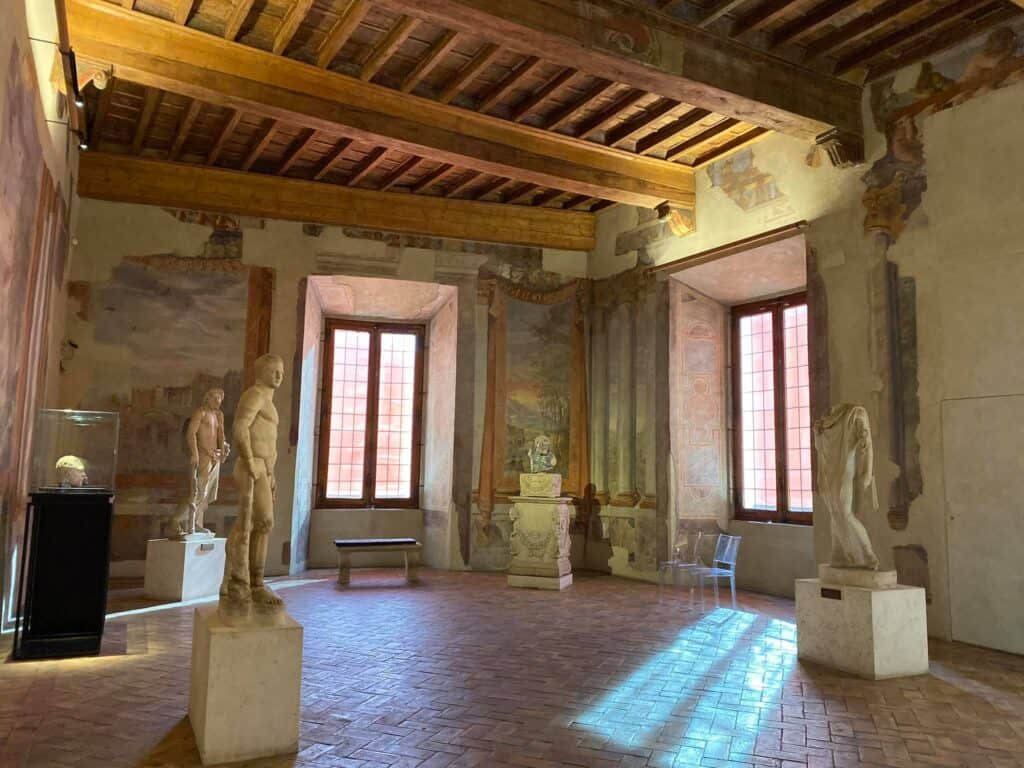
Although it is one of the lesser-known museums, Palazzo Altemps is a work of art in its own right: frescoed rooms with painted wood beamed ceilings are part of its charm, and it houses works such as the Grand Ludovisi Sarcophagus and the sculpture “Gaul killing himself and his wife.”
Palazzo Mattei di Giove
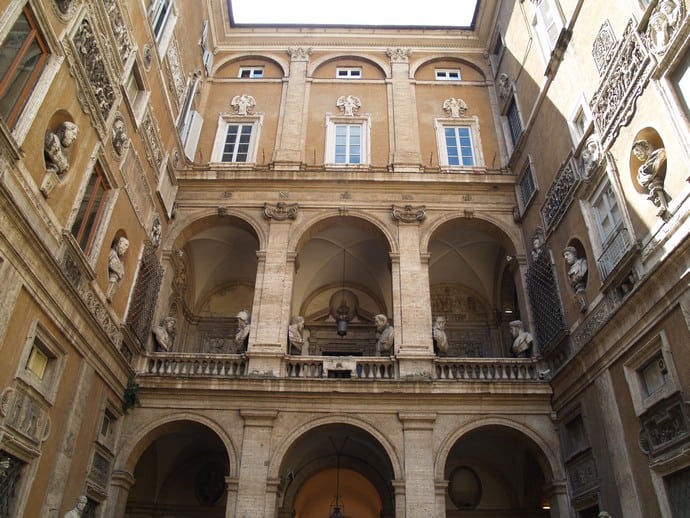
Designed 17th century style by Carlo Maderno, this grand palazzo is worth visiting for the beautiful multi-story courtyard at its core and its impressive collection of statues, busts and reliefs.
Palazzo del Quirinale
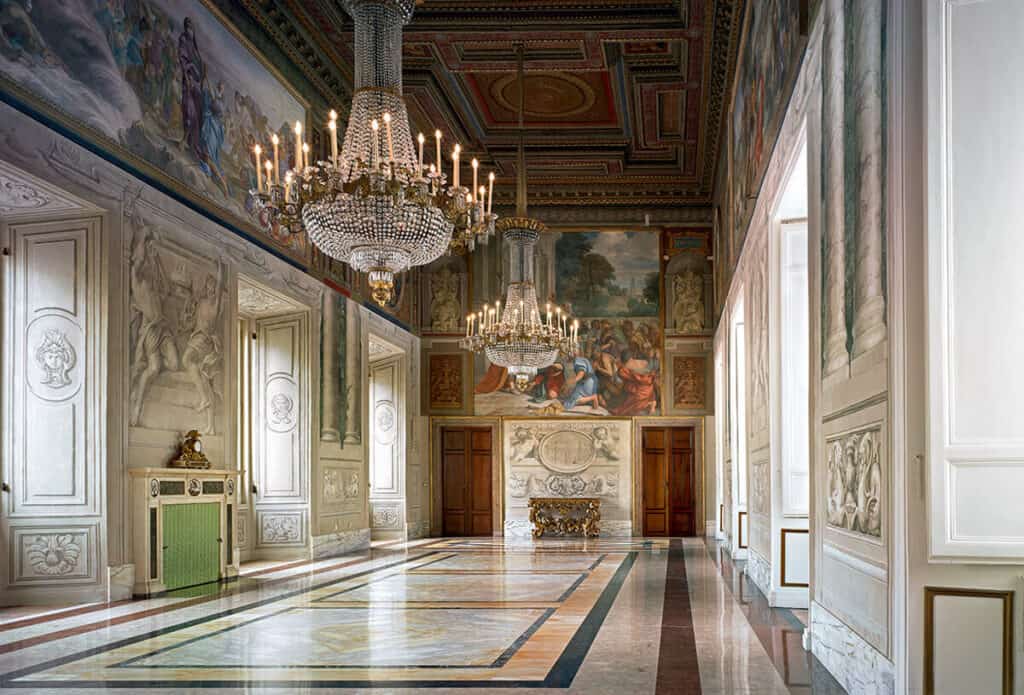
Palazzo del Quirinale, the main official residence of the president of the Italian Republic, is a masterpiece of regal interior design. Pope Gregory XIII commissioned Italy’s finest architects and artists to construct this summer home: Domenico Fontana (the facade), Carlo Maderno (the chapel) and Guido Reni was responsible for the frescos inside. Reservations must be made online and ahead of time.
Palazzo di Montecitorio
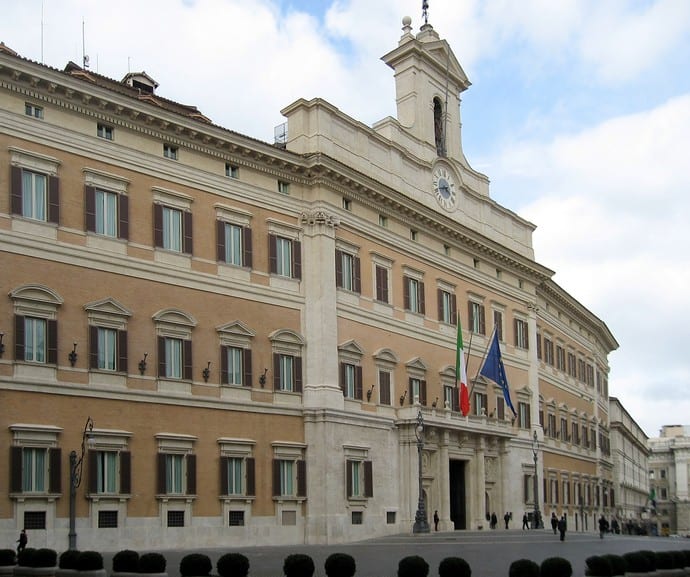
This magnificent palace is home to Italy’s Chamber of Duties (Camera dei Deputati) and is also the centre stage for political power play in the Bel Paese. The Baroque palace was built by none other than the master himself, Bernini, in 1653.
Palazzo Farnese
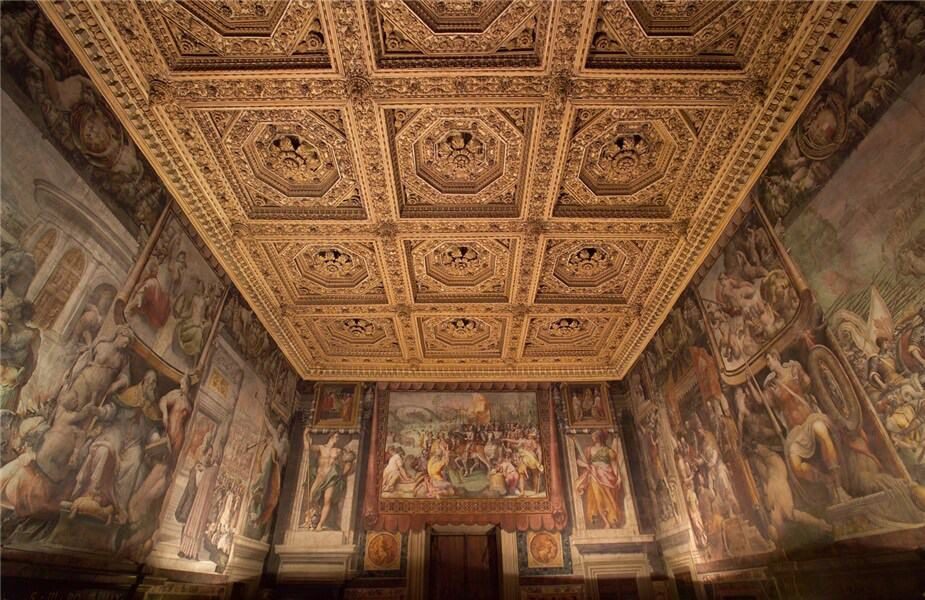
The Palazzo Farnese is graced with one of the must-see artistic treasures in Rome: the glorious Carracci Galleria entitled “The Love of the Gods”. All 133 square meters of it are restored, as well as other notable works of art in the French embassy building.
Galleria Doria Pamphilj
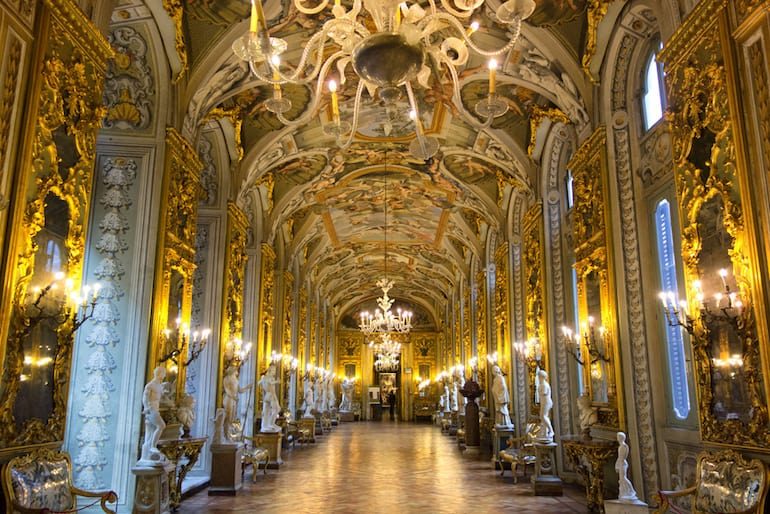
Owned by the Pamphilj family, the Doria Pamphilj Gallery exhibits some of the most magnificent pieces of artwork, sculptures and décor; from Caravaggio to Bernini, from Velàzquez to Tiziano, from Raffaello to Memling and many others.
Palazzo Colonna
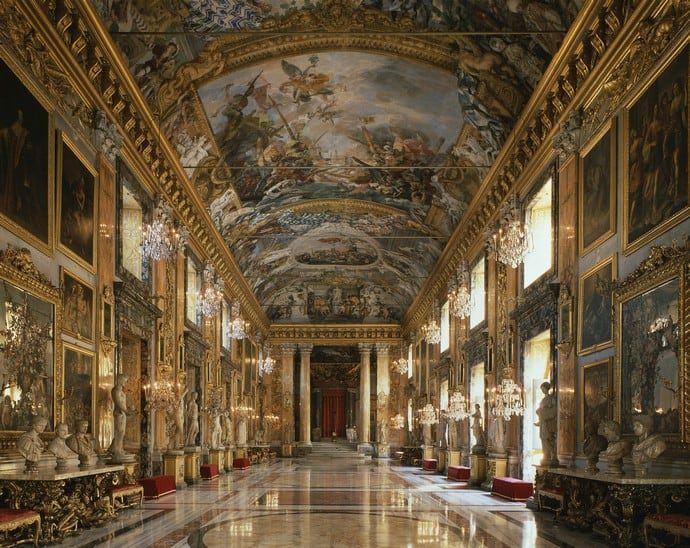
The palazzo and galleria Colonna belong to the Colonna family, one of the oldest aristocratic families in Rome. A gem of Baroque art, the Palace contains works by Pinturicchio, Cosmè Tura, Carracci, Guido Reni, Tintoretto, Salvator Rosa, Bronzino, Guercino, Veronese, Vanvitelli.
Palazzo Barberini
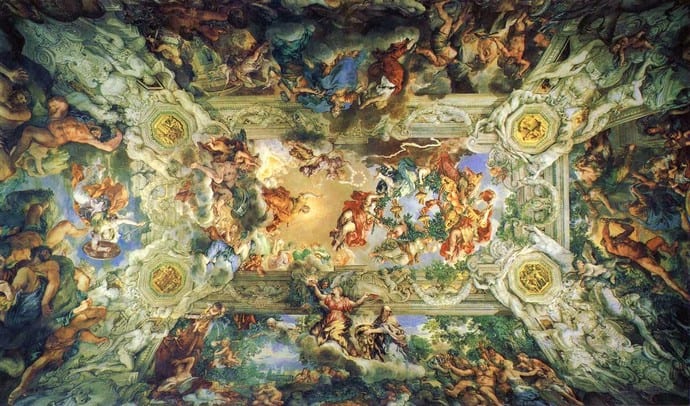
Built in 1549, Palazzo Barberini is not just a classic example of an massive regal Roman palace; it is the house of the National Gallery of Ancient Art, which contains one of Italy’s the most renowned painting collections (Raphael, Caravaggio and Holbein line the walls.)
Palazzo Venezia

This iconic edifice, although also notorious as Mussolini’s headquarters, has long been home to popes, cardinals, and ambassadors. Commissioned by the Venetian pope Pietro Barbo, Palazzo Venezia stands as one of the main examples of Roman Renaissance architecture: its inner gardens, fountains, the majestic reception rooms, and not to mention the National Museum. Worth a visit!












One Response
Great Website!!